$5999
5 Stars
It’s hot, it’s heavy, it’s sans bells and widgets, and it’s not cheap… but here’s one integrated amp with absolutely no sonic weaknesses to speak of.
ATC was founded in 1974 and started out making drivers for the professional audio market, most notably the company’s soft dome midrange. Complete speakers followed, and that’s what ATC is best known for – professional and domestic loudspeakers. Active speakers (that is, powered speakers, aka speakers with an on-board amp) are a particular passion for ATC, and it’s only logical that any amplifier expertise gained building amp packs for the active range was channeled into a series of standalone electronic components. Which is where our review SIA2-150 integrated amp comes in.
Features and Construction
The ATC arrived in a very sturdy double-boxed carton featuring neat carry straps instead of the usual silly cut-out hand grips that tear as soon as you lift the box. This is a hefty amp weighing in at just on 20kg; it’s both tall and deep, so it will need a spacious shelf on a sturdy AV rack or cabinet. A look through the vent holes at the huge heatsinks tells you all you need to know about the ATC’s heat generation capabilities. It’s Class A/B but is strongly biased into Class A operation, so it runs hot and needs ventilation around and above it – don’t obstruct those top vents.
The finish and build quality is good, and the vent holes at the top are a thing of beauty, but the top/side panel could be made of thicker material at the price. The design is going to be a polarizer: some will like it, others are likely to find it a little fussy, but it’s nothing if not purposeful. I was initially in two minds about it, feeling that the black strips and polished controls/facia bolts were overkill, but it grew on me. I ended up quite appreciating it, right down to enjoying using the strange flat source selection and volume controls, despite the fact that even they get affected by the radiated heat and become hot to the touch after a few hours (how cool is that?) The little plastic lever on each control makes them easy to use, although the source selector’s action could be smoother, and the markings more obvious.
For all its size, the SIA2-150 is a minimalist integrated amp, with no tone or balance controls. There’s no DAC or phono stage either, which means the amp has to stand or fall on its sonics, not its features, which is the way it should be.
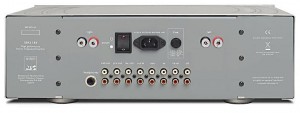
There are five single ended RCA inputs, a tape loop, pre outs and sub outs; speaker connections are the excellent WBTs. A bizarre part of the layout is the rear mounted headphone jack. Rooting around the back of an amp in situ may be difficult or impossible depending on the amp’s placement and may well render this feature useless to some owners. This is a real pity because the SIA2-150’s headphone stage is as they say, “a good ‘un”, grabbing my Sennheiser HD650s by the scruff and showing a degree of control, finesse and raw power that is seldom found in a non-dedicated headamp.
The supplied remote is a plastic thing that’s functional but entirely out of keeping with hi-fi gear of this quality and at this price point. It really needs to have some metal in there because it is after all, the main point of tactile contact with the amp for most users, and it just feels cheap. You can argue that the cost of the remote went where it counts, but many Italian companies would shut their doors before they sent out a $6000 amp with a piece of plastic. It does control Philips and Marantz CD players though, which is a boon for some (like me).
Rated power output is 150 watts into 8 Ohms and seeing as ATC don’t make 4 Ohm speakers, there was no power rating for 4 Ohm loads. I asked the local agents, who asked the engineers at ATC, who measured a unit specially for the review. The pleasures of dealing with enthusiasts is that they’re just as into the gear as we are. The SIA2-150 produced 289 watts into 4 Ohms, so we’re looking at a stiff, well regulated power supply that should shrug off most speaker loads.
As expected, the SIA2-150 drove my 90+dB sensitive Theophany M5 Series 2 floorstanders to high levels with impunity and huge reserves of power. I never needed to push the volume control past three o’clock with CD as a source.
Sound Quality
This amp really needed at least half an hour from cold to come on song and seemed at its best once it was really cooking after an hour or so. My initial impressions of the ATC’s sound was that it was as rich as a mug of steaming hot cocoa. The treble doesn’t bite, the midrange is wide open and there’s nothing that could cause offense. But to continue the beverage related analogy, someone dropped a jigger of bourbon into the mix, because the sonics aren’t all mellow smoothness. There’s screeds of detail and a level of control, insight and precision that balances everything out towards a warm neutrality. It’s also very clean and transparent; ‘revealing’ is probably the right term. Think valve/solid state hybrid with none of the deficiencies of either and you’ll know what I mean.
The ATC pulls off the difficult trick of being in a sonic sweet spot – warm but not slow, powerful but not overbearing or shouty, crisp but not edgy. I could listen to it for hours and hours with no fatigue at all. This is definitely not one of those uber-audiophile amps that only tolerates the very best recordings while making most of your collection unlistenable.
The ATC put together a great combination of throbbing weight and textural detail into the guitars that run throughout ‘Come As You Are’ from Nirvana’s MTV Unplugged In New York CD. The instruments and Kurt Cobain’s vocals had a gritty roughness to them and the overall character of the sound was punchy but not harsh at all. The guitar on ‘Pennyroyal Tea’ was starkly revealed like a spotlight had been shone on every vibration of every string. More rock followed and the distorted guitars of Neil Young and Crazy Horse on Weld had all the edginess they needed to sound authentic without being too rough.
This is a quiet amp with an extremely low noise floor, which is particularly noticeable in the spaces between the notes; this helps bring out the smaller details and improves the subjective microdynamics. Music sounds richer and more alive in this kind of environment. This was apparent on the tracks on Southern Manners by The Watson Twins, where the sound of fingers on fretboards and the resonance of strings was distinctly audible in the mix. The vocals on ‘Shoot The Lights Out’ were so clearly delineated that it felt as if I could feel every inflection of the performance as if it was happening in front of me. The recording felt exposed, as if I could hear fractionally further into the recorded sound than I was expecting; very nice indeed.
Bob Dylan’s legacy is definitively laid out on the two disc The Best of Bob Dylan Volumes 1 & 2, and these CDs are usually in heavy rotation at my place. Not all the recordings are high quality but the music is and it grabs me every time I hear it. Through the ATC, I reveled in the high resolution nature of the playback, with every small detail open for inspection from the bottom of the low end to the top of the treble. At the same time, the combination of an open, broad, speaker-disappearing soundstage and great dynamics just had me engrossed. ‘All Along The Watchtower’ sounded so good, as did ‘Lay Lady Lay’ and just about all of the tracks; the harmonica was always just right – it had an edge without taking my head off. ‘Involving’ is the word that comes to mind, and these discs were spun more than once while the ATC was in residence.
The bass heavy tracks on Wyclef Jean’s Greatest Hits showed that the ATC had a real grip on the woofers of my speakers – every low bass note rang out with more weight than I’m used to; just another feather in this amp’s cap.
If the ATC flatters whatever is played through it, it does the same for sources. I tried everything from my Marantz SA8260 SACD and CD6000OSE CD players and a Well Tempered Simplex turntable to units such as a $699 Sangean WFT-1D+ network receiver and a $300 Pro-Ject Dock Box Fi iPod dock. All of them sounded sweet, almost as if they were performing at their respective peaks. That the ATC can be so kind and tolerant without resorting to a placid demeanor or to blandness is all the more impressive.
Negatives
As I said, the ATC is big and runs hot, which means it needs space and will draw some power in use. ATC and the local agent both reckon it should be left in standby, so that it gets up to temperature quicker than it can from cold, which means that the front panel is always slightly warm to the touch. Class D this thing isn’t.
I can tell you right now that the drones on the government energy conservation bodies don’t like this amp and they’ve never even heard it, but whether these power and heat issues are actually negatives is in fact still up to you at this stage (until some red tape merchant forbids everything bar Class D of course).
Then there’s the rear mounted headphone jack, which may have a logical engineering-based reason for its placement, but it’s a pain in the butt (sorry). A bad choice, ATC. Same goes for the plastic remote – bang some metal on there, even just an aluminium faceplate and I’ll go away happy, okay?
Conclusion
For a big bruiser, the ATC has a truly delicate touch (even at low volumes) which suits acoustic music very well but it isn’t too polite and proper to get down and rock out hard when you want it to. It’s been ages since I had an amp in for review that seemed so unfazed by the music it was fed, and I don’t recall a single instance of reaching for the ATC’s remote to either skip a track or lower the volume.
The small negatives are completely overshadowed by the sound quality. This is a very capable and revealing amp, which seems to make everything enjoyable; it’s got that rare ability to be almost all things to almost all men. Some may want more warmth or conversely more zing but frankly, they’re welcome to it. To substantially better it, you’re going to need to bring a lot more cash to the table, but what about when you bring less cash?
There’s a van-load (not a white van though) of good or even great integrated amps out there in the roughly $3000-$4000 range. Some have far more features than the SIA2-150, some are even better built (believe it not) but most all of them sound pretty damn fine.
So at $5999, the ATC has its work cut out for it. In addition to its ‘made in Great Britain’ credibility (good for hi-fi gear, bad for many cars) and its power output, it has to put on a better sonic performance than the cheaper units or else it risks languishing, covered in dust on retail shelves. The good news is that from the time I spent with it, I just can’t think of anything that I’ve heard in that lower price point that can match the ATC’s broad range of sonic abilities.
At its six grand price point, it’s as good I’ve heard. While it’s not the most feature dense amp out there, in terms of sound quality, this thing has absolutely no weaknesses, which means that ATC has got the formula dead right. From what I can tell, it will also fit in with just about any sources or speakers, and that’s worth plenty in its own right. There’s also a six year warranty! All up, the SIA2-150 is a very strong offering indeed. ASHLEY KRAMER

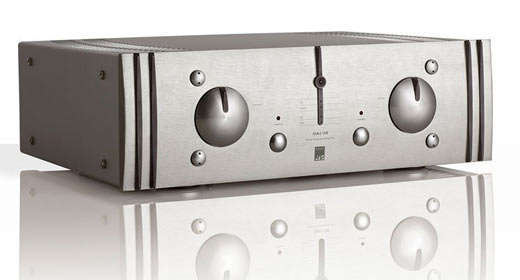
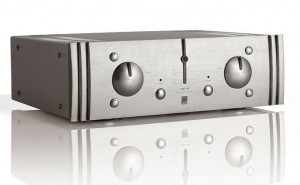

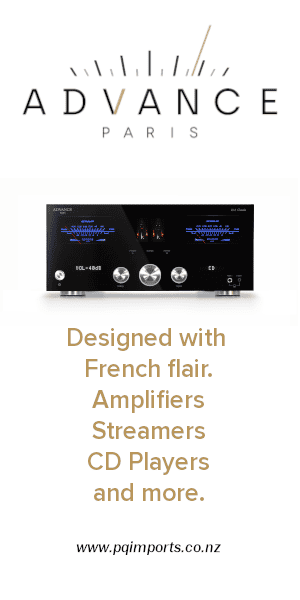

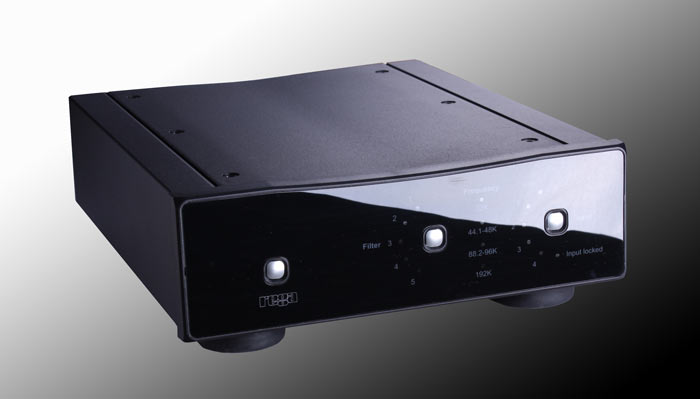
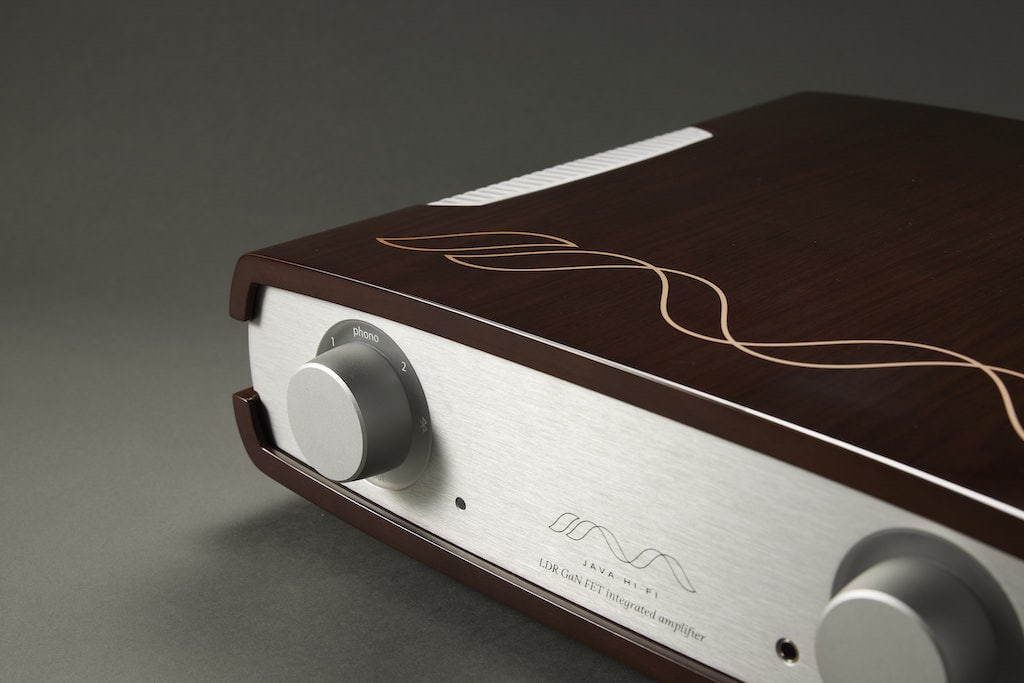
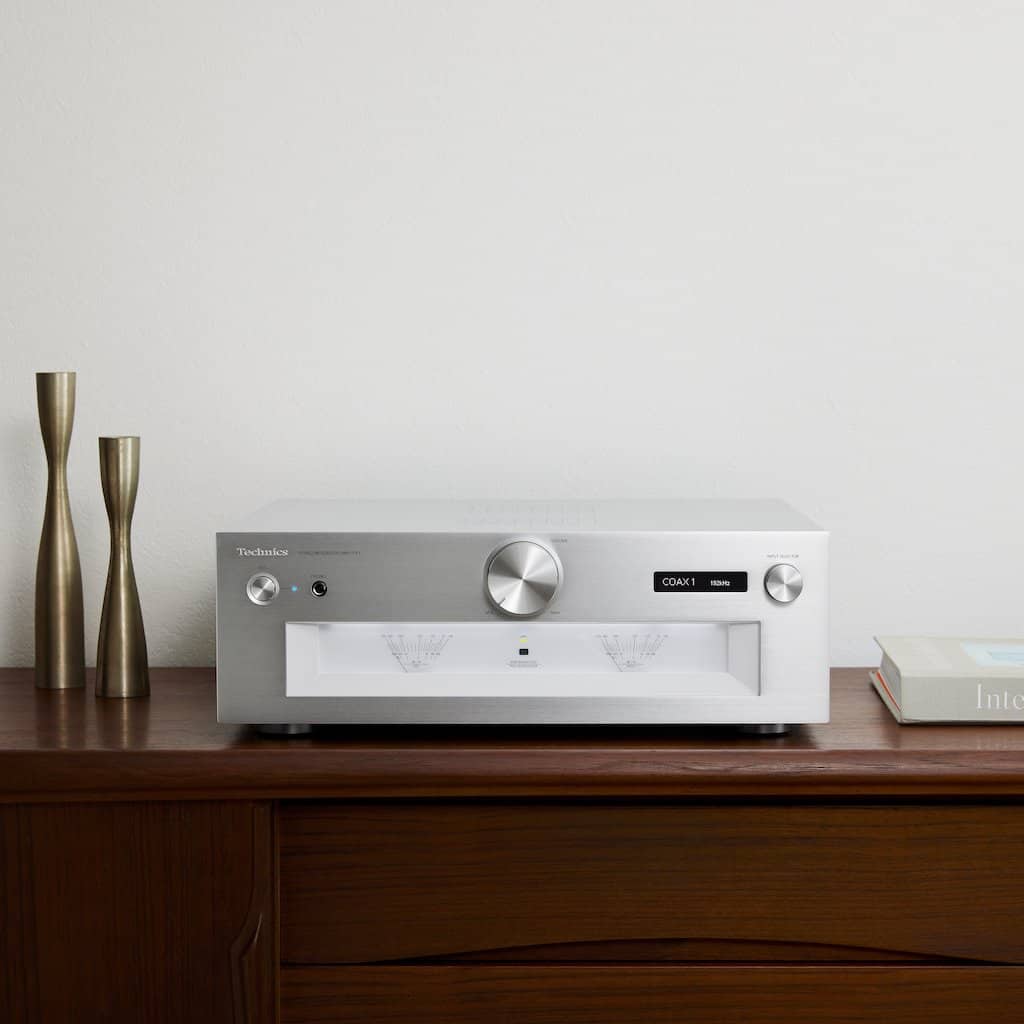
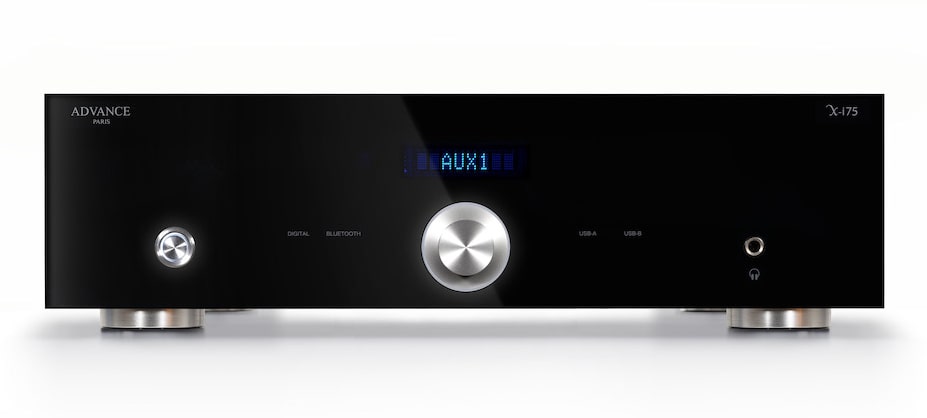

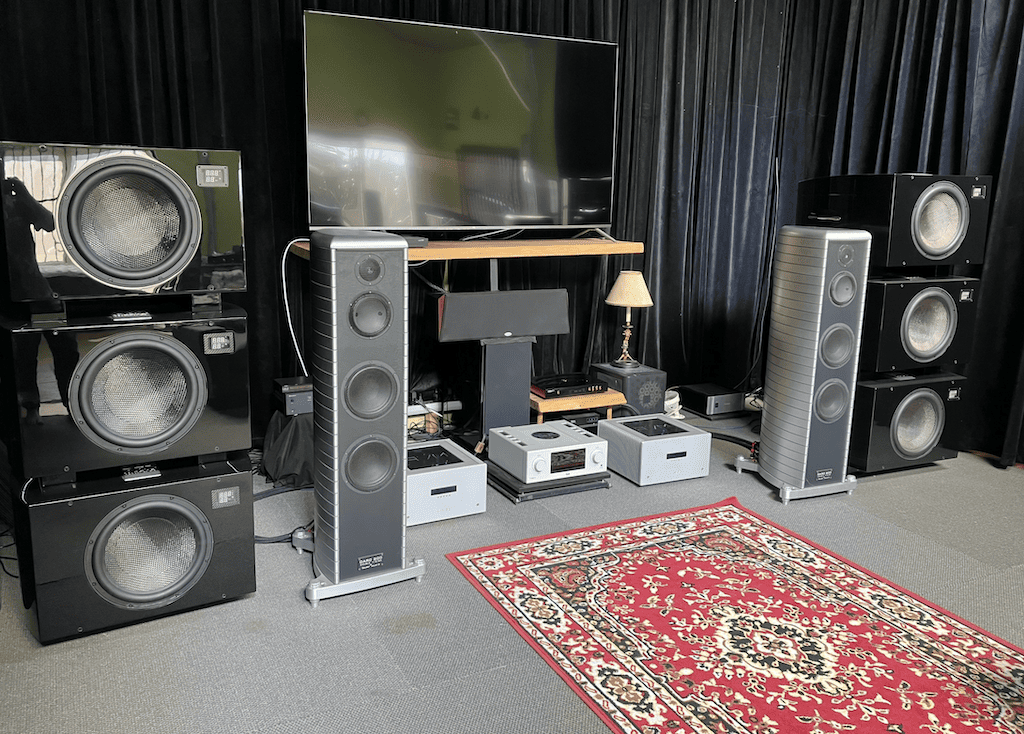

Perfect review. I’ve owned this amp for about a year, and your obsevations reflect everything i’ve thought about this amp. One word I’d use to sum up this amp, Effortless.
Thanks for that Blaine. I’ve been away for a while and after living without my hi-fi system since May, I’m really looking forward to setting it up. That said, I’ve been thinking about how nice it would be to dispense with the whole pre/power mess and just have something simple yet sonically superb to play with. The top of the list is this ATC….the only glitches for me are the heat radiation and the silly rear mounted headphone jack.
Hi Ashley,
yep, it does get very hot, used to worry that it’s too hot, but been assured it’s normal for this kind of AMP. rear mounted headphone jack is a little odd and annoying. sitting the amp with enough access to back and vents on top, issues resolved.
I to got rid of the pre/power thing, found it waste of space, worry about cables etc.
The ATC is the kind of AMP I’ll happily grow old with. I doubt there is better at any price, just different.
Happy listening 🙂
I have one of these amps connected to a a pair of Yamaha NS1000M speakers – talk about a match made in heaven .
Nearly everything I hear in comparison , even more expensive gear , just doesn’t seem to be in the same class.
Will anyone respond to this post…. I hope so as I’m close to buying this amp it’s traditional with none of the extra bells and whistles that many amps try to add in now, but here in Australia it a ‘rare bird’ and I can’t find anywhere close to audition it ie I’m in Sydney and nearest is Western Australia. If I buy it will have to be blind???? scary, so hoping ASHK is still there…. I would pair it with my Spendor D7s and still rely on CDs via a Cyrus CDT XT signature and Chord 2Qute dac… and just beginning to explore hi res streaming via Blusound system. Do you think this will work for me with my speakers, an opinion would help, the only other contender for my is the Supernait 2, any thought to help me on the purchase decision would be very much appreciated